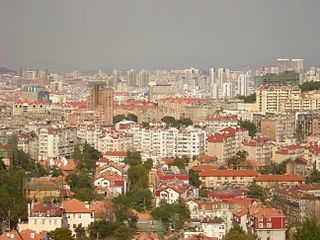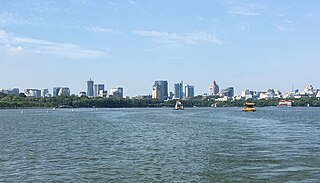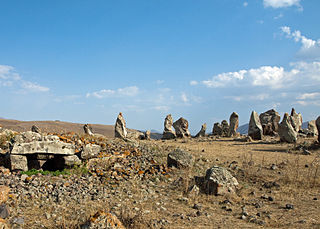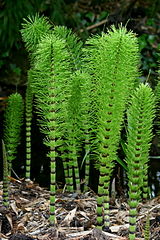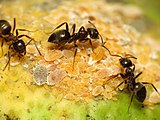The government of Fecaw wishes to open ourselves to the rest of the world. In this Encyclopedia, we present a comprehensive overview of Fecaw, complete with illustrations and annotations. The Encyclopedia is a document that is accurate at its last time of editing, which serves as a guide for foreign nations, so that they may learn more of our Kingdom, a primer for foreign tourists, wishing to travel to and discover Fecaw and for researchers, so that they may reference official statistics. The government hopes to present the full truth about Fecaw, showing negative and positive aspects in a balanced manner. This is also the official state-sponsored edition.
The Encyclopedia is the result of very extensive collaboration; it was prepared over six years of intense work done in a spirit of complete openness and fervent zeal. In 2015, I was commissioned by King Sarol to produce this Encyclopedia, after which I gathered a team of approximately 150 researchers. The researchers then spent the next 2 years investigating 36 topics and writing their preliminary reports. In 2017, the researchers came to meet again to compare their findings and ensure the contingency and continuity of the work. A second draft was made in October 2017 and third, final one in July 2018. You are viewing that third draft.
When reading the Encyclopedia, you will find it divided up foremost into 8 parts; general topics. Parts are divided more specifically into the 36 chapters.
- Kert Emosa, Chief Editor
- Part 1- Overview
- - Overview
Part 2- Geography - - The Islands
- - Flora
- - Fauna
- - Climate and Weather
- - Demographics
- - Language
Part 3- History - - Prehistory
- - Antiquity
- - Pre- Modern
- - Modern
Part 4- Culture - - Music
- - Clothing
- - Architecture
- - Art
- - Cuisine
- - Religion and Festivals
- - Sports
- - Radio and TV
- - Literature
Part 5- Politics - - Constitution
- - Executive
- - Senat
- - Law
- - Enforcement
- - International Relations
Part 6- Infrastructure - - Transport
- - Energy
- - Education
- - Science
- - Health
- - Military
Part 7- Economy - - Internal Economy
- - Imports and Exports
Part 8- Appendices - - Appendix- Legal Texts
- - Appendix- People
It looks good, so far.- Some RP MentorsI like that factbook FecawTlerzhenvoa wrote:Never seen someone use the forums as a stand-in for factbooks before






